What Is Smart PPE and Why It Matters
There’s a quiet shift happening on the fireground — not in tactics or tradition, but in what we wear to stay alive. Smart PPE, short for Smart Personal Protective Equipment, isn’t just another upgrade to bunker gear. It’s a response to the realities firefighters face every time they walk into smoke, chaos, and uncertainty. And it’s answering a question we’ve asked for years: how do we protect the protectors more intelligently?
At its core, Smart PPE integrates biometric and environmental sensors into standard turnout gear. These aren’t gimmicks — they’re tools designed to monitor a firefighter’s vital signs, physical stress, and sometimes even location, all in real time. In the middle of a multi-alarm blaze, when voices are lost behind masks and conditions change by the second, having access to your crew’s health data can mean the difference between a safe exit and a mayday call.
Smart PPE isn’t about bells and whistles. It’s about giving firefighters a safety net when instinct alone isn’t enough.
But the “why” goes beyond just the fireground. Firefighters routinely operate on the edge of what the human body can tolerate — extreme temperatures, heavy loads, limited visibility, and mental fatigue. Traditional gear shields us from external dangers. Smart PPE looks inward, giving early warnings about internal risks that might otherwise go unnoticed.
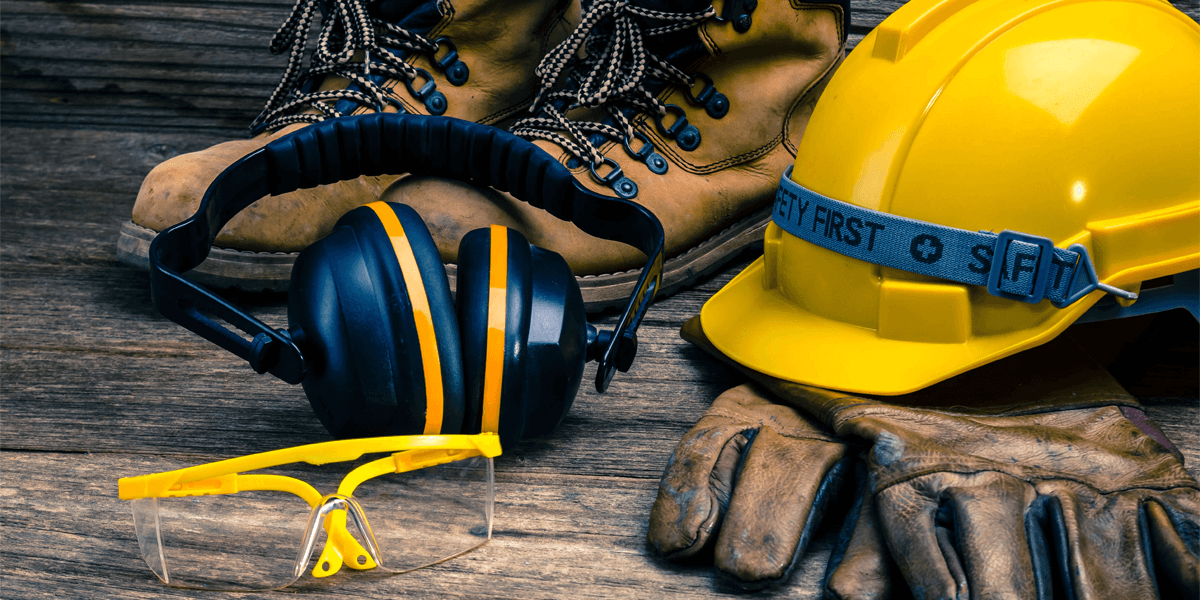
And the stakes are high. Heart attacks remain the leading cause of firefighter line-of-duty deaths. Heat exhaustion creeps in quietly. Dehydration affects judgment. By embedding intelligence into the gear itself, departments are not just protecting individuals — they’re safeguarding the entire team. Because one firefighter going down affects everyone.
There’s also a cultural shift at play here. In a profession where toughness is worn like armor, Smart PPE offers a new kind of strength — the courage to listen to your body before it fails. It tells us that being safe and being brave aren’t at odds. In fact, they’re two sides of the same coin.
When you know your gear is watching your back — literally — you move with just a little more confidence, and a lot more control.
Smart PPE isn’t here to replace experience or gut instinct. It’s here to back it up. It’s one more ally in the fight — silent, steady, and just a few heartbeats ahead of danger.
Inside the Gear: How It Tracks Vital Signs
For most of us, turnout gear is just that — gear. It protects, insulates, deflects. But smart PPE changes that relationship. Suddenly, the fabric we’ve worn for years becomes a living interface, quietly gathering data on our bodies as we push them to the limit. It’s not science fiction — it’s happening now, sewn into seams and clipped behind nameplates.
The real magic starts under the hood — or more accurately, under the layers. Embedded within the jacket or compression base layer are biometric sensors designed to monitor key vitals: heart rate, respiratory rate, skin temperature, and, in some systems, hydration levels or blood oxygen saturation. These sensors are remarkably compact and built to withstand the abuse of the fireground — sweat, grime, heat, water, you name it.
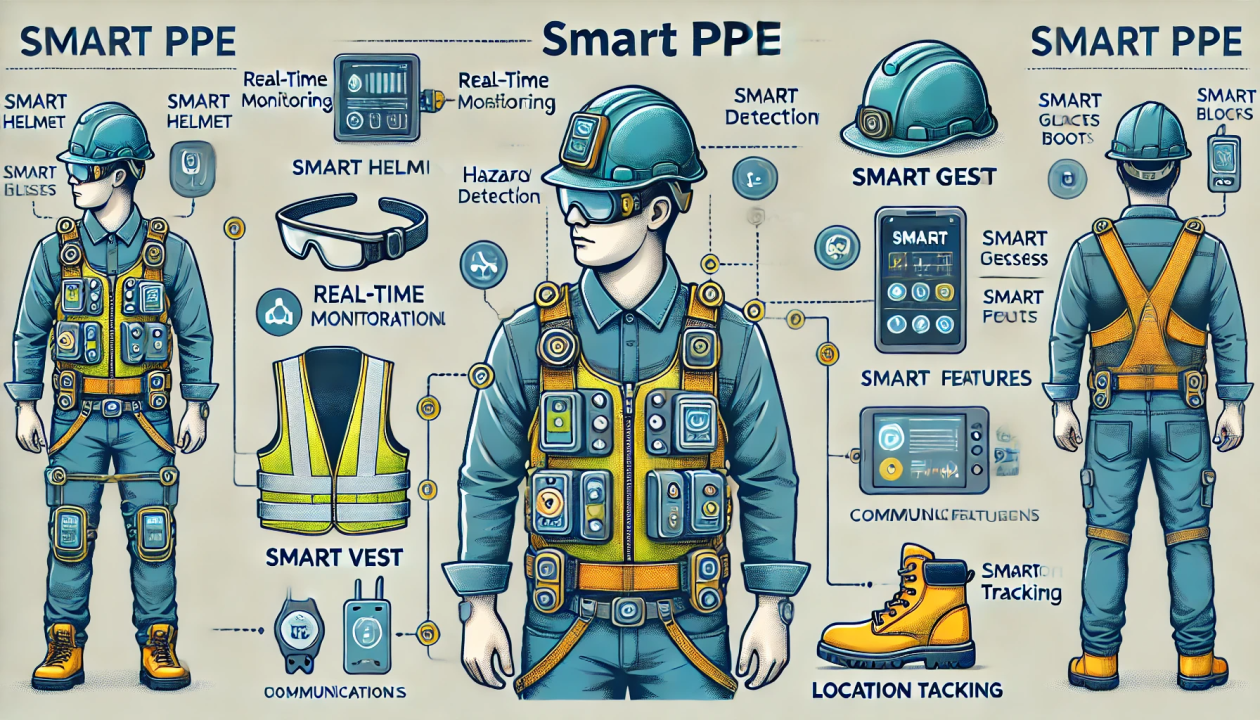
It’s not just tech for tech’s sake. When your heart rate spikes or your breathing becomes irregular, the system knows — and more importantly, someone else knows too.
Each reading is transmitted wirelessly via low-energy Bluetooth or mesh networks to a ruggedized monitoring tablet or heads-up display at incident command. From there, a safety officer or medic can view the real-time status of the entire team, not as abstract data, but as a live map of who might need relief, who’s operating within limits, and who’s approaching dangerous thresholds.
One standout component is the inclusion of motion and posture sensors. These tools track whether a firefighter is upright, crawling, still, or has taken a sudden fall. When paired with GPS or location beacons inside a building, it gives incident command an early warning system for things we’d usually find out too late. If a team member goes silent and motionless, the gear speaks up.
The technology is also smart enough to distinguish between stress from exertion and signs of medical distress. That means fewer false alarms and more meaningful alerts — the kind that help crews respond faster and more confidently when seconds matter.
When your gear can tell the difference between exhaustion and emergency, it stops being just gear — it becomes part of your team.
Battery life and durability are often the biggest concerns, but recent innovations have made impressive leaps. Most systems can run for an entire shift on a single charge, and are designed to survive decontamination, heat exposure, and impact. In short, they’re built firefighter-tough — because anything less wouldn’t last a week on our rigs.
As the tech improves, integration will get even tighter. But even now, it’s clear: smart PPE isn’t just about safety. It’s about trust — in the gear, in the system, and in knowing that someone has eyes on you when you can’t speak for yourself.
From the Fireline: Real Scenarios, Real Feedback
For all the buzz around smart PPE, the most telling data isn’t the numbers on a dashboard — it’s the stories from firefighters wearing the gear in the heat, smoke, and chaos. And those stories are stacking up fast. Whether it’s a structure fire or a long day in the field under full sun, Local 1329 crews are now bringing back more than muscle memory — they’re returning with firsthand experience of how this tech shifts their safety game.
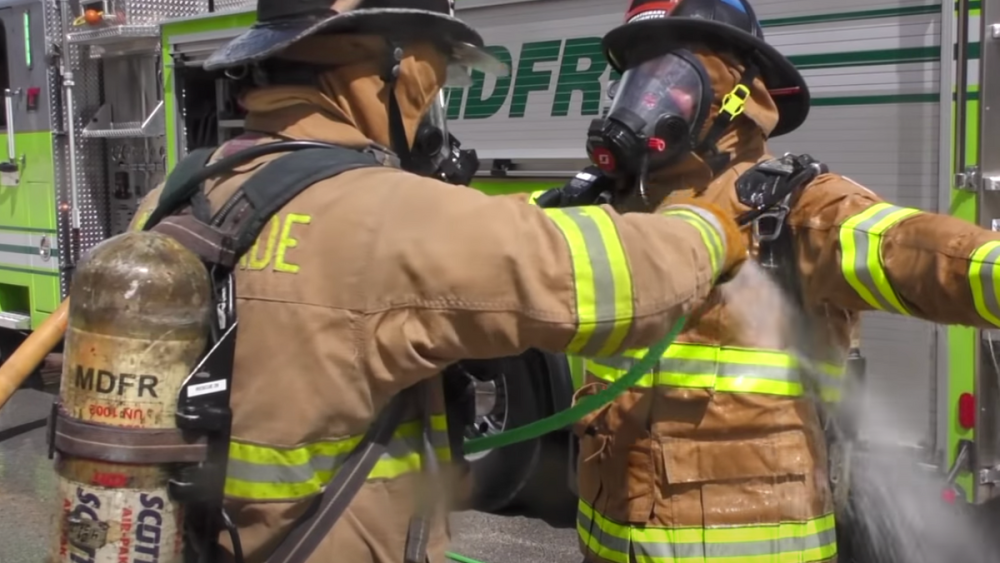
Take Engine 4’s night call in late June. The crew responded to a two-story residential blaze where temperatures inside were high enough to melt siding before the first hose line was even charged. One of the firefighters — recently equipped with smart PPE — was deep on the nozzle when his core temp spiked. He didn’t feel it at first, but the gear did. His readings hit the threshold, triggering an alert back at command. Within seconds, a safety officer pulled him for rotation. No drama, no collapse. Just a decision made in real time — based not on guesswork, but on real data.
The gear called it before I could even tell. I probably would’ve pushed through, like always. This time, the vest told the truth.
The feedback coming in echoes a shift in mindset. Firefighters have long been trained to ignore pain, sweat, even dizziness — the job asks for grit. But when your gear quietly flags a silent warning, it changes things. Not in a way that makes you feel weak — in a way that reminds you: you’re not out there alone.
It’s not just physical health that’s being watched, either. Smart PPE is also giving officers a new way to monitor accumulated stress over time. After one particularly grueling wildland deployment, three different crew members showed heart rate irregularities tracked over multiple hours. That data prompted medical check-ins that revealed dehydration and fatigue — both of which could’ve turned dangerous in the next callout. It wasn’t a one-time save, but a shift in how recovery is respected.
Firefighters are proud, no question. We don’t like being told to stand down. But when the gear becomes part of the team — not just something you wear, but something that listens and speaks back — it earns that trust. One of our senior crew put it this way:
It’s like having a silent partner that never blinks. It knows your limits, even when you forget them.
As the smart PPE program expands, Local 1329 is making sure the feedback loop stays open. After-action reviews now include input not just from officers and medics, but from the tech itself. And the more we listen to that voice, the safer — and smarter — our fireline becomes.
Limitations, Learning Curves, and Growing Pains
No one at Local 1329 ever expected smart PPE to be a silver bullet. The technology brings promise — but also its own set of complications. Ask around the station, and you’ll hear the same refrain: “It’s helpful — but we’re still figuring it out.” Like any new tool in the fire service, there’s a learning curve, and we’re climbing it while still responding to the same volume of calls.
One of the most obvious limitations is durability. While the gear is built for heat, smoke, and movement, some early versions struggled under the full weight of a multi-hour structure fire. Moisture exposure threw off sensors. Vibration from tools confused readings. And let’s be honest — we’re tough on our gear. Crawling through glass, dragging line, hauling ladders — this isn’t lab work. If something’s fragile, we’ll find out fast.

The tech doesn’t fail in testing — it fails on shift. That’s when we learn what holds up and what doesn’t.
Battery life has also become a daily consideration. Some firefighters now include battery checks in their morning rig prep, same as they would with their radios. But it’s one more thing to manage during shifts that are already packed. When seconds count, no one wants to worry whether their vest is fully charged. Several crews suggested integration with existing SCBA power systems, but that’s still in development — and we’re not holding our breath.
The software interface, too, hasn’t been immune to critique. There have been glitches. Some systems lag on updates, others give unclear alerts or spike false positives. For command staff trying to monitor multiple responders at once, that adds stress instead of reducing it. Feedback is being logged and passed to vendors, but like anything in tech, fixes take time.
Training is another piece of the puzzle. Wearing the gear is one thing; understanding what it’s telling you is another. Not every firefighter is tech-savvy — nor should they have to be. We’re slowly folding smart PPE awareness into ongoing training modules, but tha
What’s Next: Smarter, Smaller, More Connected
Smart PPE isn’t just evolving — it’s accelerating. The gear we tested last year already feels outdated compared to what’s coming down the pipeline. Engineers are shrinking sensors, extending battery life, and refining how gear communicates — not just with the firefighter, but with the command team, dispatch, and even other smart systems on the scene. The goal? Gear that disappears into the job, doing its work without getting in the way of ours.
One of the most promising developments is biometric integration with real-time health monitoring dashboards accessible at the incident command post. Instead of just alerting when something’s wrong, new systems aim to build a baseline — tracking hydration, heart rate variability, exertion levels, and stress over time. This isn’t just helpful during a fire. It’s a game-changer for post-incident recovery and long-term health, giving departments data to support firefighters beyond the shift.
We’re moving from reactive alarms to proactive health — and that shift could mean longer, healthier careers for everyone on the line.
Smaller sensors are also opening doors for smarter layering. Some developers are embedding tech directly into compression layers or turnout liners instead of bulky external units. That means less weight, more comfort, and fewer snags in tight spaces. And the cleaner design helps ease the mental load — there’s less to fiddle with, check, or charge mid-scene. Ideally, it should feel like any other piece of gear: gear you trust, not gear you think about.
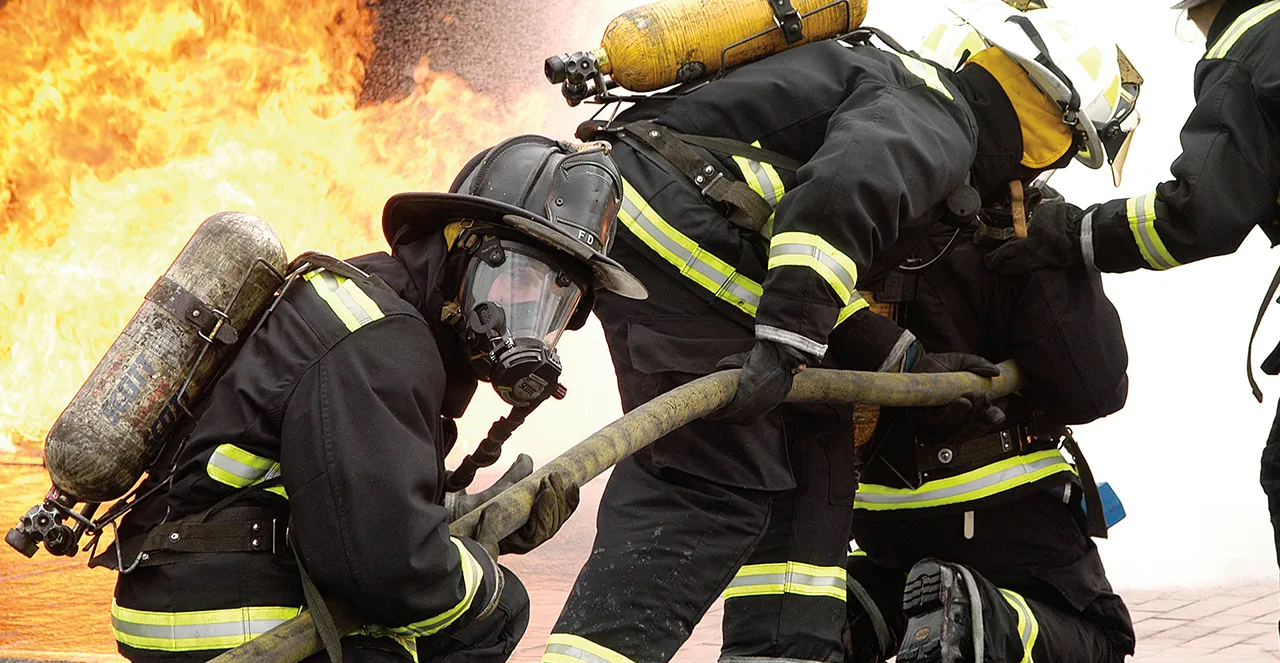
Connectivity is also heading in a more intelligent direction. Instead of relying solely on line-of-sight radios or Bluetooth connections that get scrambled in concrete-heavy environments, next-gen smart PPE is tapping into mesh networks and real-time LTE relay. The promise is clear: uninterrupted, encrypted communication from the fireground to the chief’s tablet, even in spotty coverage zones. That kind of reliability isn’t just nice — it could save a life.
There’s even early-stage talk about using predictive AI to identify stress injuries before they manifest. While that sounds like science fiction, it’s not far off. By tracking how each firefighter’s vitals respond to different workloads and environments, the system could spot red flags before we feel them. It won’t replace the instinct we build over years on the job — but it might give us a new kind of backup.
It’s not about replacing judgment — it’s about giving us another set of eyes when ours are focused on smoke and flame.
Of course, no innovation matters if it’s not field-ready. That’s why Local 1329 remains in constant contact with developers — not just to test gear, but to help shape it. We’re not waiting for the future to arrive fully formed. We’re out there building it, one shift at a time, one voice at a time, one fireground test at a time.
Staying Sharp in the Gear of Tomorrow
Technology can make us faster, more aware, and safer — but it won’t make us sharper. That still takes grit, focus, and training. As smart PPE continues to evolve, one thing becomes clear: the gear might change, but the mindset can’t. Firefighting has always been about readiness, instinct, and trust in your crew. No piece of tech, no matter how advanced, replaces the fundamentals we live by.
The danger is getting too comfortable. When equipment gets smarter, there’s a subtle temptation to lean on it more than we should — to assume it’ll warn us when the tank runs low, or our heart rate spikes. But situational awareness has to come from us first. Tech should amplify our attention, not dull it. That means training hard, running real drills with real gear, and not letting digital support become a crutch.
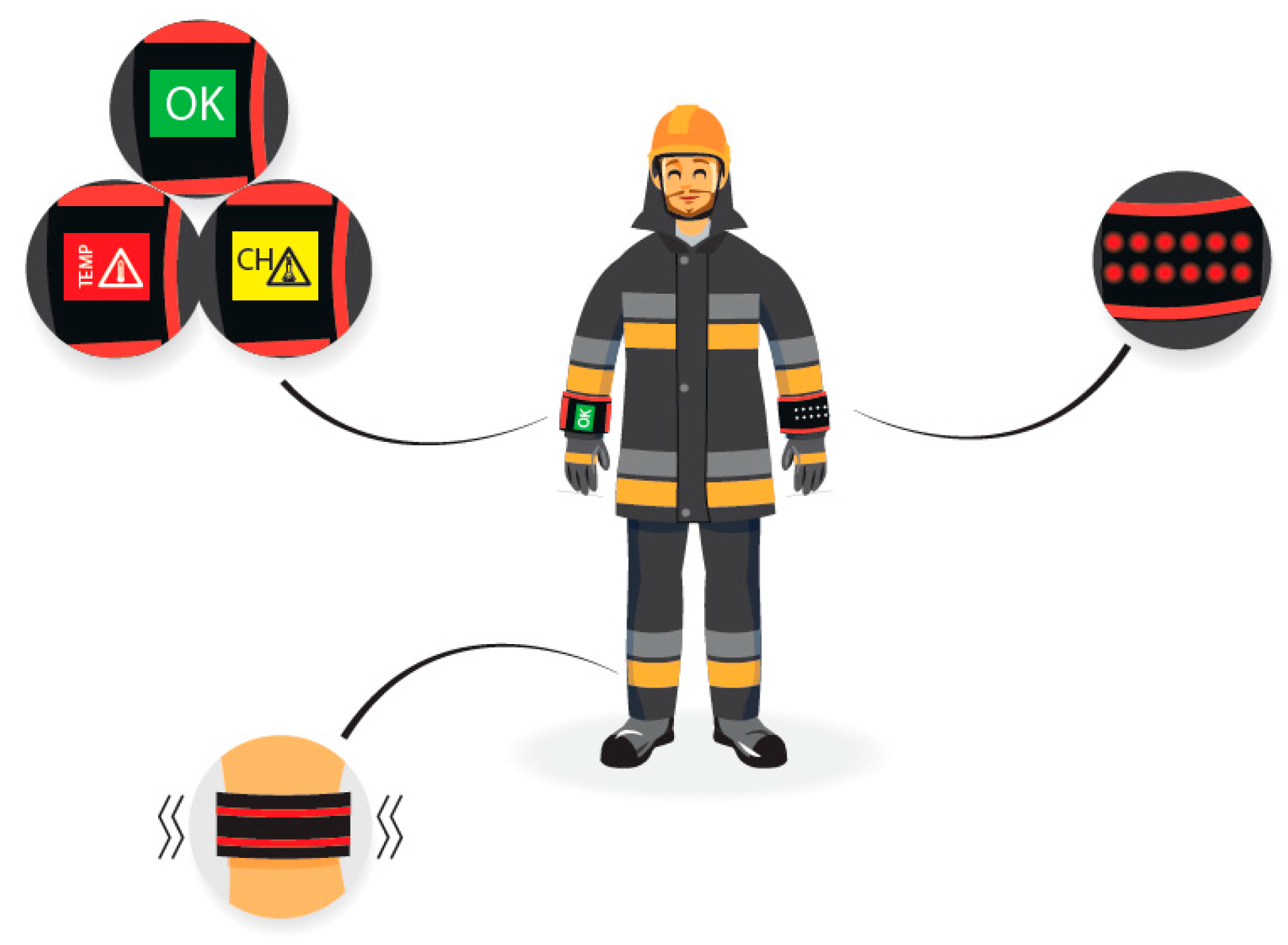
A sensor might catch your breathing rate, but it won’t notice that look in your partner’s eyes when something’s off. That still takes a firefighter.
Staying sharp also means staying informed. As more departments adopt smart PPE, the learning curve doesn’t stop at setup. New software updates, new protocols, new safety procedures — they’re all part of the job now. Local 1329 is working to make sure everyone gets the knowledge they need before stepping into the field with this gear. It’s not just about plugging it in. It’s about knowing what it’s telling you, when to trust it, and when to trust your gut instead.
We’re entering a chapter where firefighting is a blend of muscle, mind, and machine. And that’s exciting — if we treat it with respect. The gear can guide, alert, and assist. But in the end, it’s still up to us to read the room, make the call, and walk into the heat with eyes open. Staying sharp doesn’t mean resisting change. It means learning to lead it, without forgetting who we are when the fire hits.
Leading the Way Into Tomorrow’s Fires
Adapting to new technology isn’t just about gear — it’s about evolving as firefighters, leaders, and team members. Smart PPE opens doors to safer, smarter operations, but it also challenges us to sharpen our skills, question assumptions, and never lose sight of what really matters: the people we protect and the brothers and sisters we count on.
At Local 1329, embracing smart PPE means committing to continuous growth. It’s an invitation to lead with heart and mind, to balance innovation with experience, and to prepare for every call — today and in the future. The fires may change, the tools may change, but the spirit remains the same.
Technology helps us see further, but it’s our courage and teamwork that carry us through.
As we look ahead, we’re not just putting on smarter gear. We’re stepping into a new era of firefighting — one where every heartbeat, every breath, and every move is supported by the best of both human skill and technological progress. And that’s a future worth fighting for.


